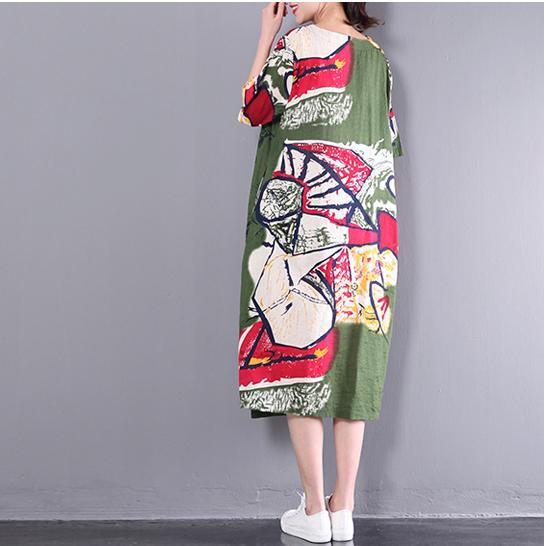

You can also read more about Umgee's size and fit and see a size chart here. At June Adel we do hand measure all our clothing pieces and add descriptions as to fit of clothing and material care to make sure you purchase the correct size for your body. Umgee generally runs a little large and the sizes are loose-fitting and easy to wear. Umgee Clothing ranges from sizes small to 2XL. June Adel carries regular and plus sizes. Covering all wardrobe essentials and drawing inspiration from southern bohemian designs, we want our clothing to be fun, comfortable and be worn for any and all occasions. Our customers will find our products to be the best in quality and price point.

The company was founded in 2001 at the Fashion District, Los Angeles. Occupying 80 WSE’s project space, the exhibition is small but significant, exploring a topic that, although not new, remains relevant and worthy of a proper public platform.Umgee USA is an apparel company catering to women of all ages, inspired by the comfort and simple designs of everyday life.

A 1992 photograph taken by Jean Paul Gaultier of Stella Ellis marks the successful entrance of plus-size women into the world of high fashion, while a video streams the winner of Project Runway‘s most recent season, who sent a collection for plus-size women down the catwalk for her final collection. Similarly, a 1930s dress designed posthumously in honor of Marie Dressler celebrated the actress and comedienne’s larger-than-average figure, advertised to women of similar sizes as “sheer, cool, fresh, perfect fitting.” Beyond Measure also features more contemporary examples to show the increasingly welcoming attitudes of our time toward plus-size women even as stick-thin models continue to dominate the fashion industry. Although the accessory reminds of corsets that literally sculpted bodies into forms considered beautiful for being dainty, it also suggests that plus-size women could still fit in with the heralded trends of the time even if their physiques differed from the cultural ideal. Represented in the gallery by a facsimile (the original hangs in the Metropolitan Museum of Art), a 1776 portrait painted by Joseph Siffred Duplessis shows a woman wearing a fashionable, laced stomacher. The oldest work nods to the fact that even “240 years ago, the plus-size woman was not antithetical to fashion but seamlessly melding with it,” as Keydar said. Still, other images illustrate how the fashion world is not always ignorant of or hostile to those with fuller figures. Jean Paul Gaultier, “Model and Muse Stella Ellis” (1992) (courtesy the artist) (click to enlarge) The former highlights Nettie’s reputation as a freak or as a subject for spectacle, the latter reminds of the role of manufacturers in reinforcing labels many would consider demeaning. Some works, from an early-20th-century photograph of a “Nettie the Fat Girl” sideshow to a page of a 1960s clothing pattern “designed for chubbies,” nod to negative notions of heavier set women. Objects on view point to various trends throughout history that highlight shifts in ideals of physical beauty. Organized chronologically, Beyond Measure examines in particular the fashion industry, with its curators acknowledging it as the most powerful entity that defines our perceptions of plus-size women today. * “Plus-size” is only one of many terms used to describe the non-thin body after careful consideration, it was chosen by the curators for its association with the fashion industry. The term “plus-size” itself actually garnered backlash last year during the #DropThePlus campaign, but curators decided to shape the exhibition around it after researching the historical and contemporary meanings of other terms, from “curvy” to “plump” to “Rubenesque.” A note at the bottom of the exhibition’s wall text thus reads: Those with sharp eyes may have noticed the asterisk tacked to the end of the exhibition’s title - it represents the debate the curators had as they organized the show, during which they realized no one term used to describe body image will ever satisfy everyone.


 0 kommentar(er)
0 kommentar(er)
